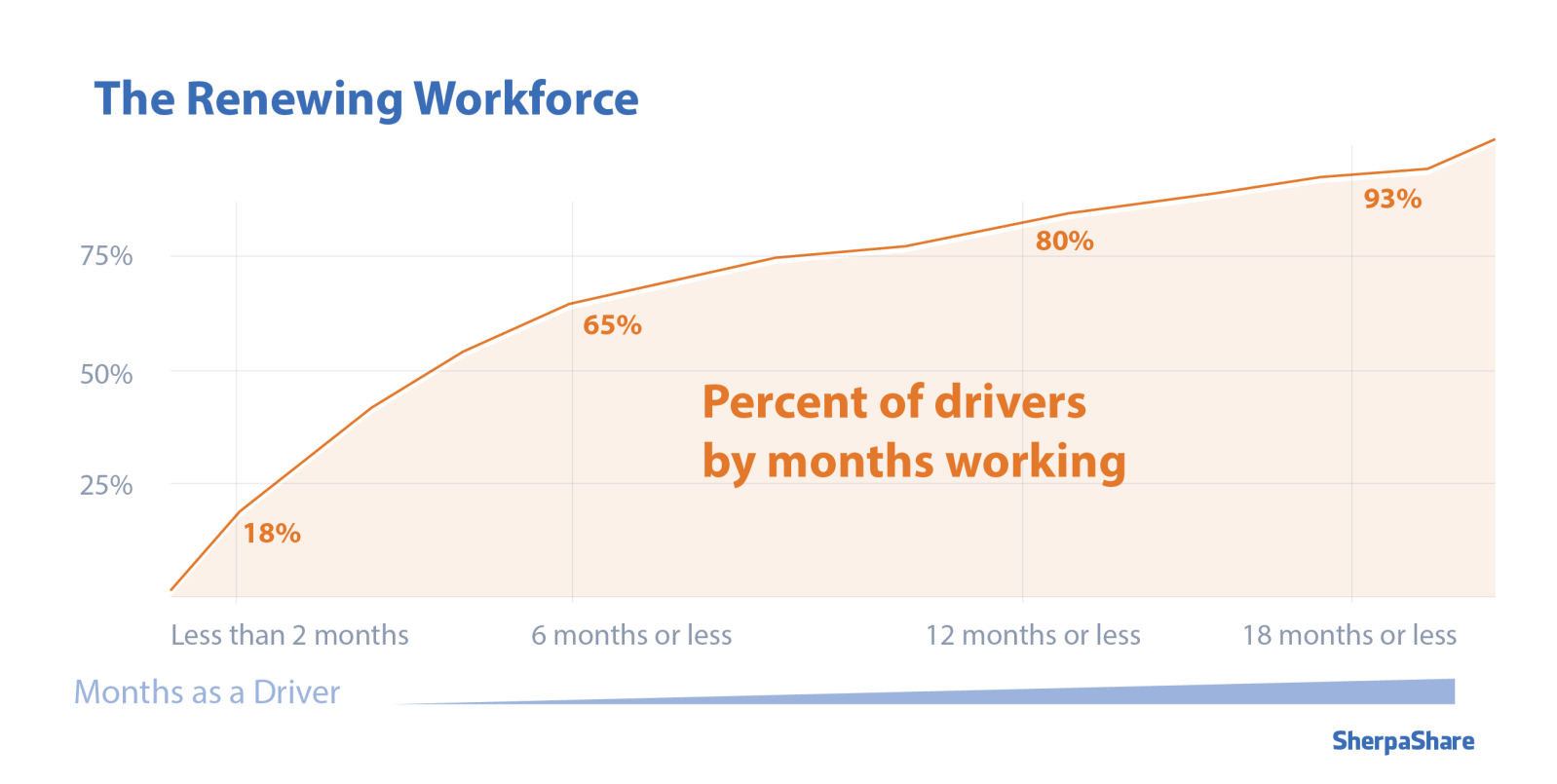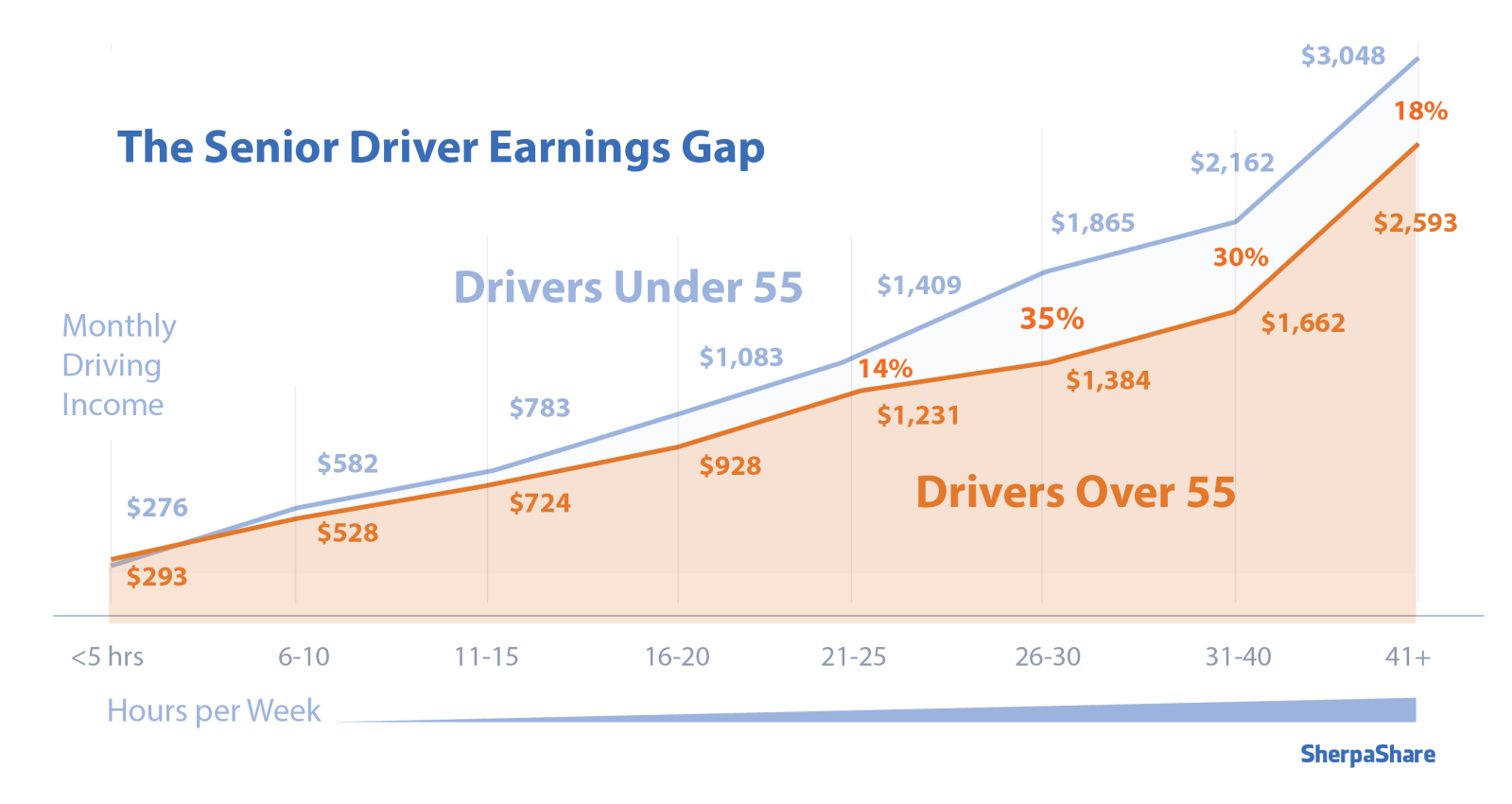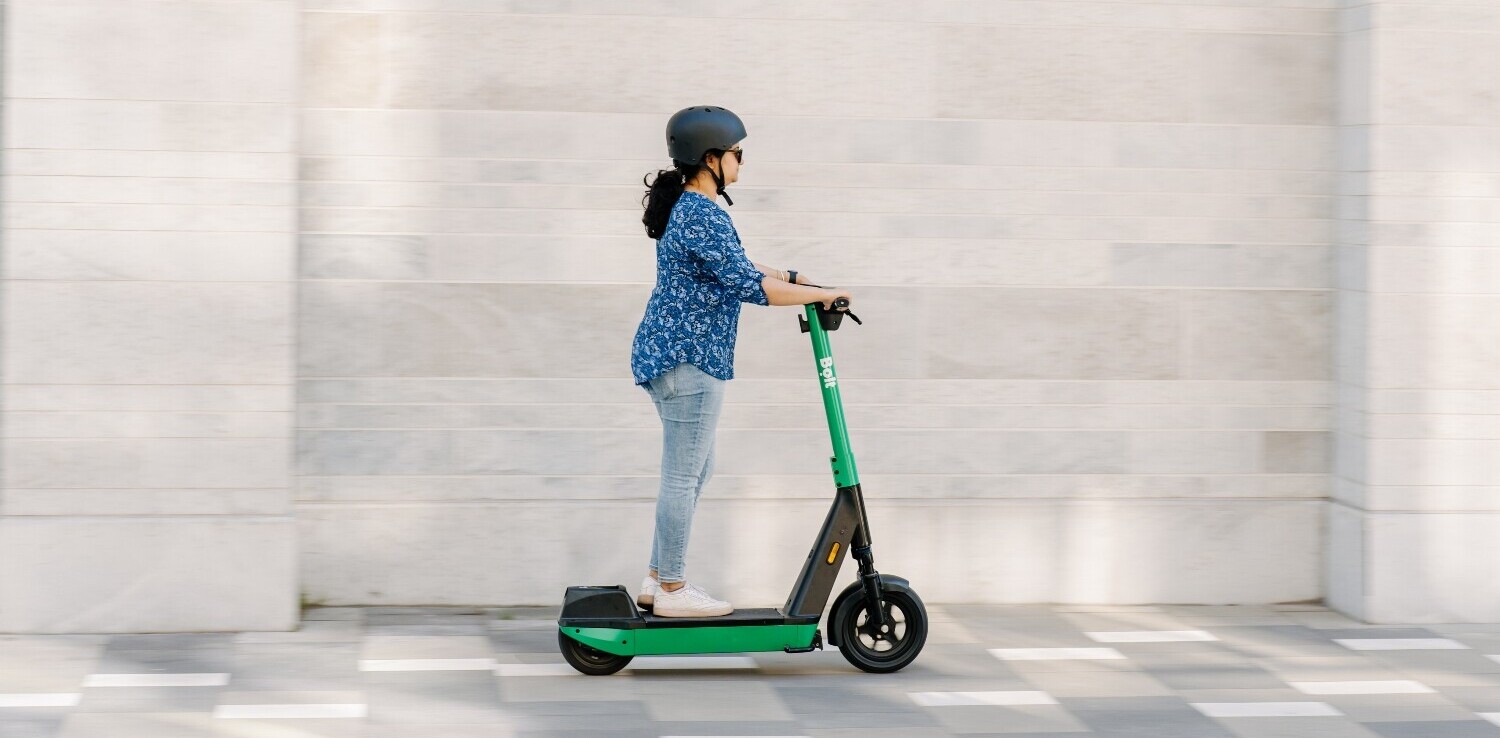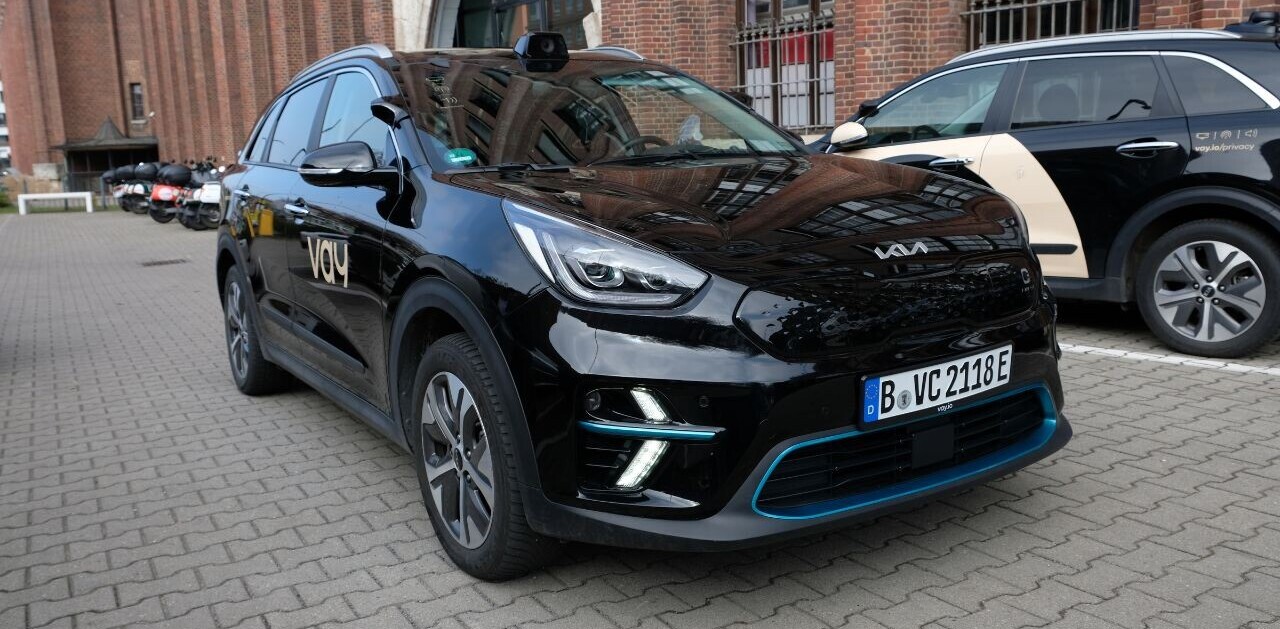
The drivers who are the backbone of Uber and Lyft — as well as other on-demand startups reliant on the so-called “gig economy” — are still fairly mysterious. Both Uber and Lyft keep the demographics and behaviors of their drivers pretty locked tight, but a survey from driver management tool SherpaShare gives a glimpse into what it’s really like for those who are trying to make a living from it.
The company surveyed 963 respondents, and found that 90 percent of them drove for Lyft, Uber or both. Nearly one in five surveyed say they work for at least one other service in addition to Lyft and Uber, with most common being Postmates, Sidecar, Instacart and DoorDash.

Interestingly, more than two thirds of drivers (65 percent) say that they’ve worked for Uber or Lyft for 6 months or less, with 18 percent responding that they’ve been working on the job less than two months. SherpaShare points to these numbers as evidence that ridesharing is a “constantly refreshing” workforce — that potential drivers join in droves and then are weeded out (perhaps intentionally, or they simply quit) within early days.
That idea backs up anecdotal evidence I’ve received from Lyft and Uber drivers, who are most vulnerable to failing out of employment early on while driving. This is due to the fact that both Lyft and Uber place high value in driver ratings, which can be manipulated easily when a driver has only completed a few rides.
But SherpaShare could not define any particular “quit rate,” so these causes are still speculative.

Another interesting fact from the survey was that seniors who drive statistically make less than people under the age of 55 for the same amount of time driving. Considering that Uber and Lyft pay at a flat rate, regardless of age or experience, SherpaShare posited that the difference could come from the idea that seniors are less likely to “optimize” their driving potential in driving late nights or weekends.
When it comes to gender diversity, one in five drivers are women. They also statistically receive less income than men for their driving, but are more likely to work part-time.
In short, drivers for on-demand services are engaging in a perpetual hustle — one that has significant advantages and weaknesses, depending on how efficient a driver becomes. The more a person is fit and equipped to make their time on the road count, the better chance they have of seeing more money in their accounts over time.
But could these strategies ultimately fade out? Uber and Lyft continue to battle in the courts over how they classify their drivers as contract workers, so we’ll see if that changes how drivers behave.
➤ SherpaShare [via SFGate]
Get the TNW newsletter
Get the most important tech news in your inbox each week.




